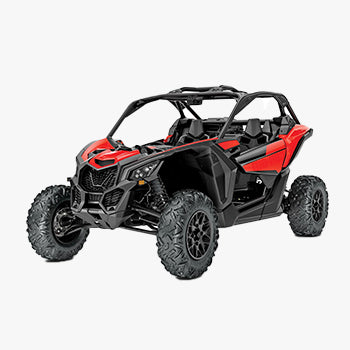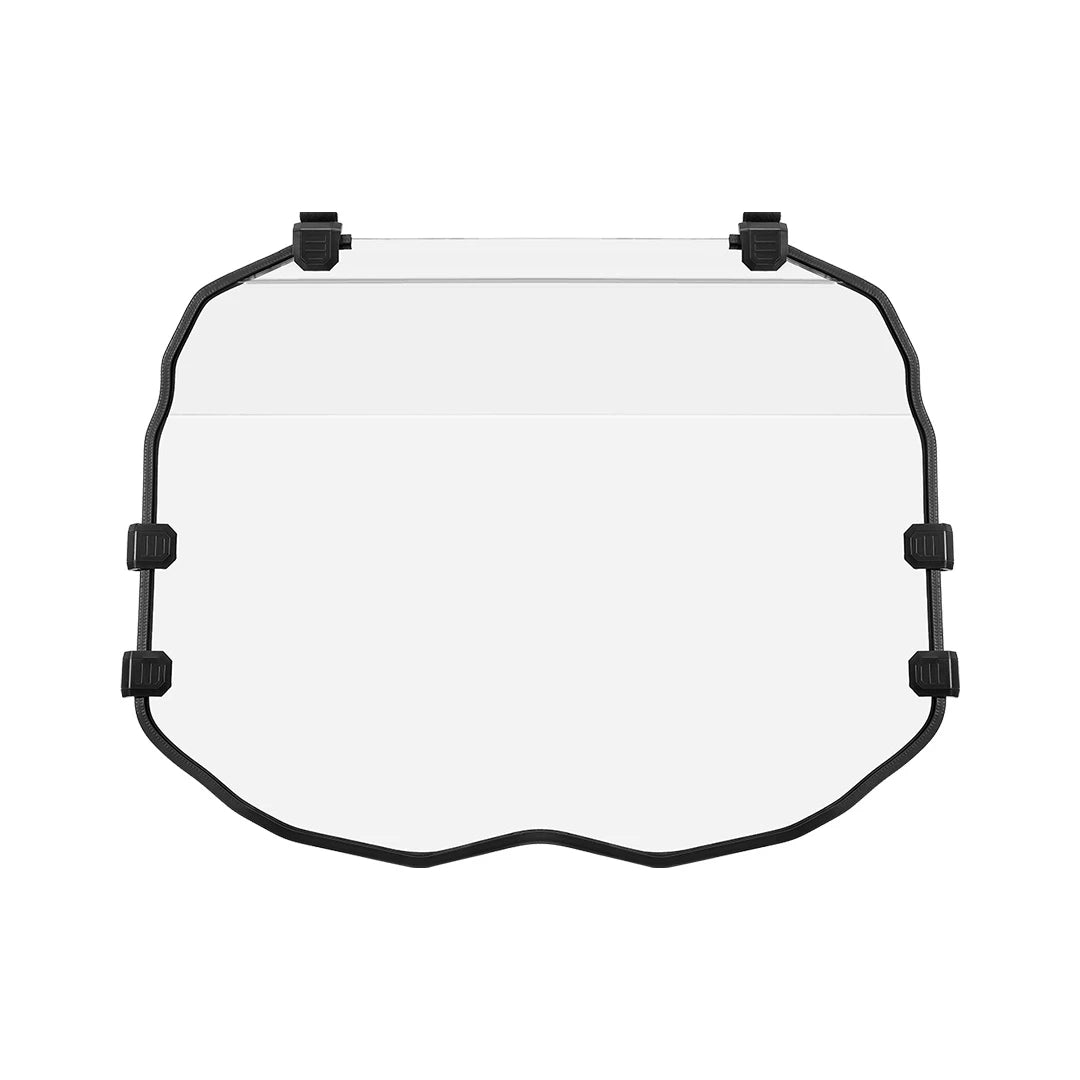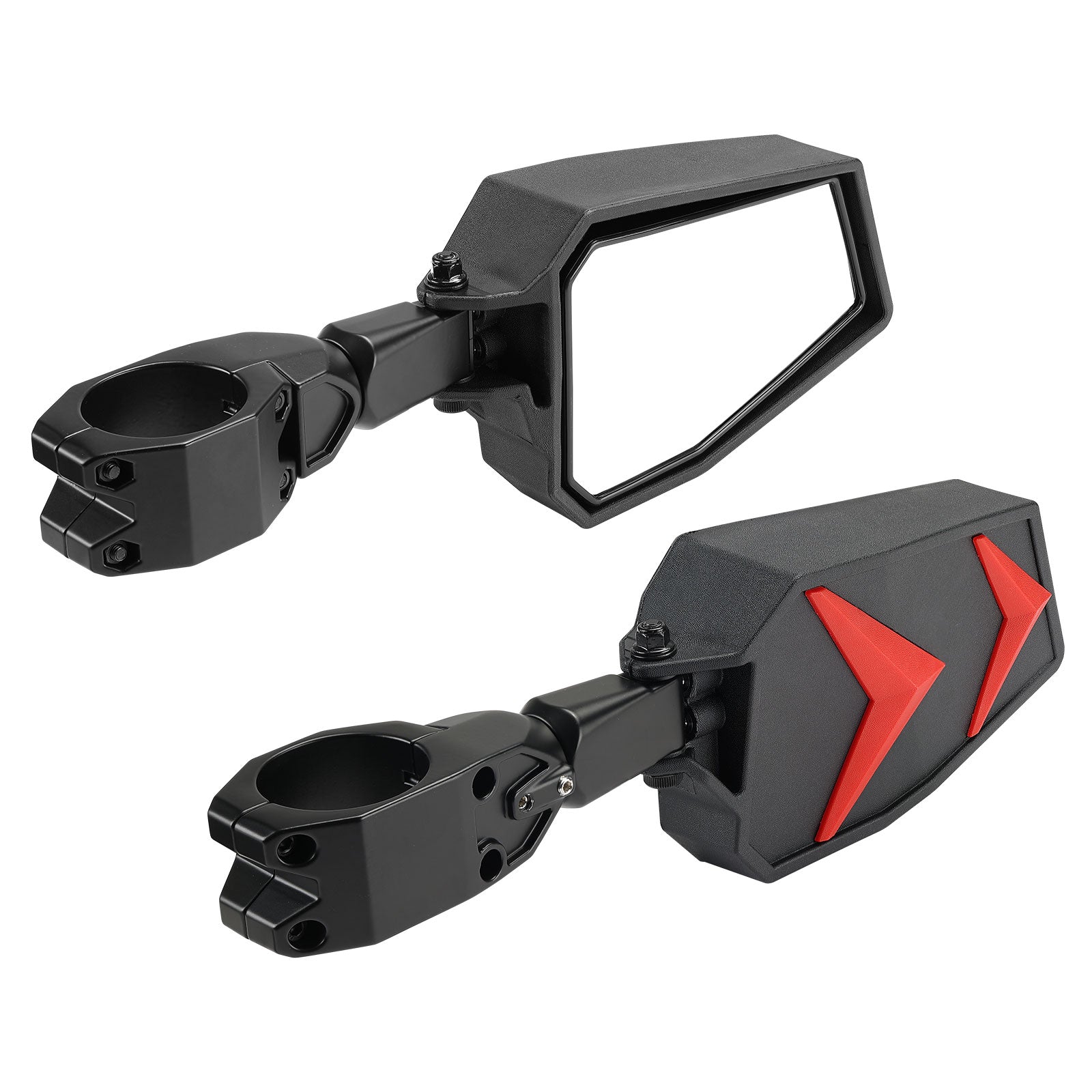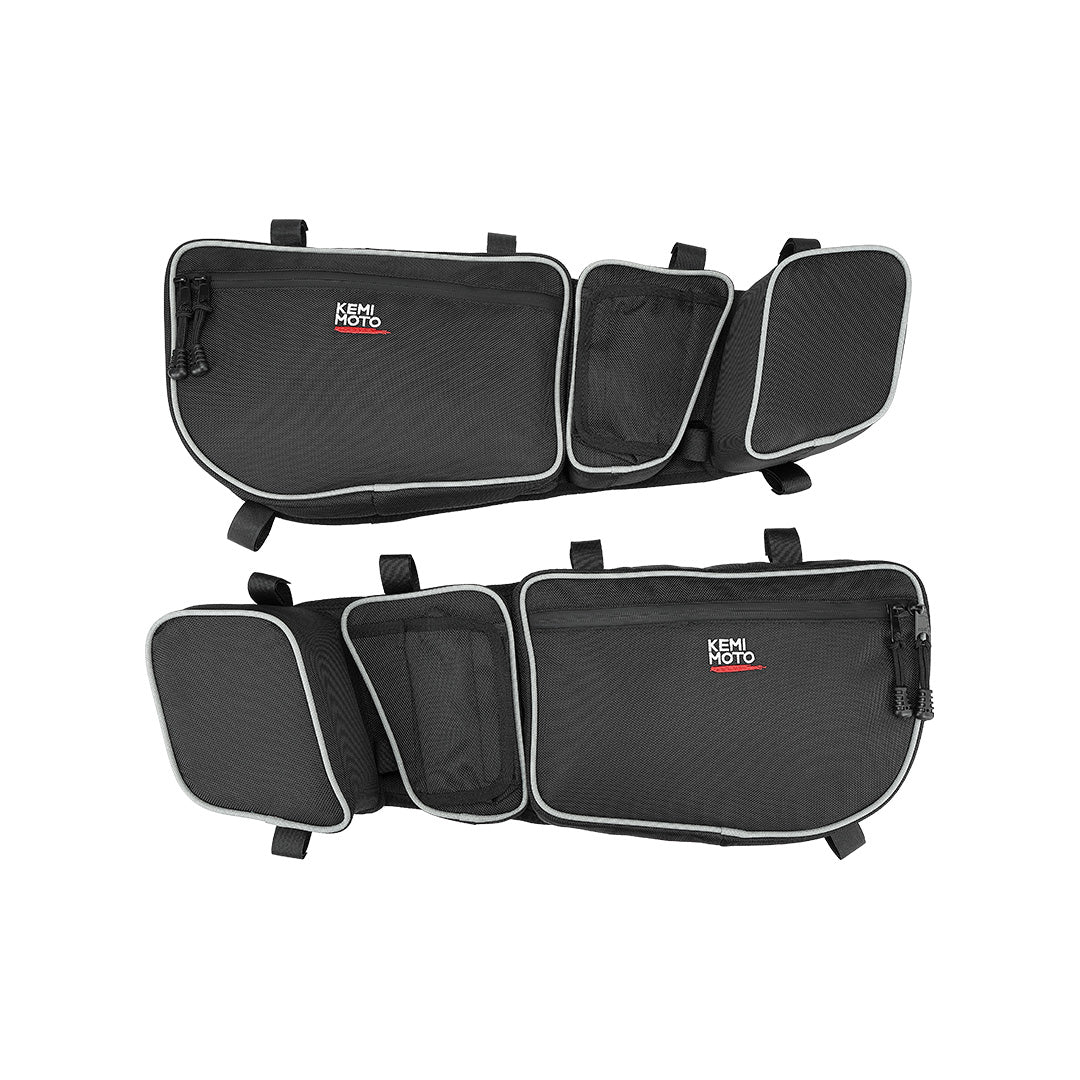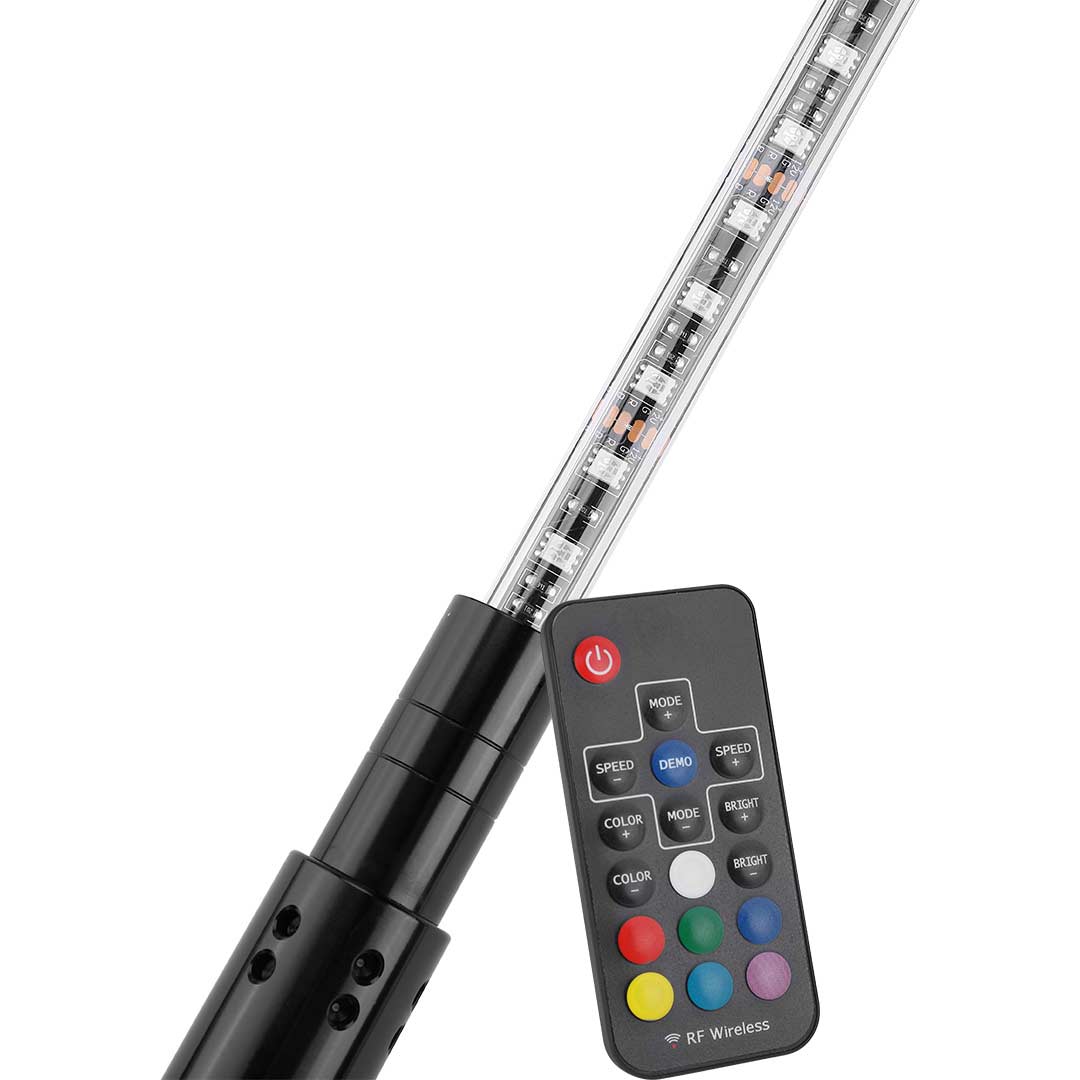CVT Transmission vs. DCT: What’s the Difference?

Source: CYCLE WORLD
Are you in the market for a new car and torn between CVT and DCT? Understanding these two popular types of transmissions is crucial for making an informed decision that aligns with your driving preferences. This comprehensive guide dives deep into the mechanics of both CVT and DCT, outlining their unique benefits and potential drawbacks.
From seamless, efficient rides to quick, dynamic gear shifts, discover which transmission type suits your needs, whether it's for city commuting or high-speed cruising. Equip yourself with essential knowledge about the differences between CVT and DCT, including their performance, fuel economy, maintenance, and cost considerations.
Let’s get started!
What is a CVT?
A CVT, or Continuously Variable Transmission, is a type of automatic transmission that enables seamless acceleration without the traditional gear shifts found in fixed-gear transmissions. Unlike transmissions with a set number of gears (such as 5-speed or 6-speed), a CVT smoothly transitions through an infinite range of effective gear ratios. This allows for optimal power and efficiency at all times during driving.
CVTs are commonly found in smaller cars, hybrids, and vehicles designed to maximize fuel economy. They are also favored in major mainstream UTV and ATV models due to their ability to handle variable terrains and conditions efficiently.

How Do CVT Transmissions Work?
A CVT operates using two variable-width pulleys connected by a belt. One pulley is connected to the engine, and the other is connected to the wheels. As you drive, these pulleys adjust their widths, shifting the belt’s position and allowing the transmission to transition smoothly across different gear ratios.
This design eliminates the sensation of gear shifts, providing a consistently smooth ride and maintaining the engine at optimal performance or fuel economy levels.
What is a DCT?
A DCT, or Dual Clutch Transmission, is a type of automated manual transmission that uses two separate clutches for odd and even gear sets. This design allows for extremely quick shifts and can be operated in both automatic and manual modes. DCTs are typically found in many sports cars and performance-focused vehicles, providing a sportier feel and better handling at higher speeds.
In the world of motorcycles, DCTs are popular among touring bikes and some adventure models. They offer the convenience of automatic shifting or the option to switch to manual mode, which is great when you want more control over the ride without using a traditional clutch lever. For instance, models like the Honda Africa Twin, Honda NC750X, and Honda Gold Wing use DCT.

How Do DCT Transmissions Work?
A DCT functions as if it were two manual transmissions combined into one unit. It uses two separate clutches for odd and even gear sets. While one gear is engaged, the next gear is pre-selected by the other clutch. This setup allows for super quick gear shifts without a loss in power, providing a smoother and faster ride.
CVT vs. DCT: An In-Depth Comparison
1. CVT vs. DCT Performance
The key factor differentiating CVTs from DCTs is how they deliver power. CVTs offer consistent, smooth power delivery, which can be advantageous in city driving and situations where comfort is a priority. On the other hand, DCTs deliver power more efficiently and quickly, which is noticeable in highway driving and scenarios requiring quick acceleration.
2. Fuel Economy
Generally, CVTs tend to be slightly better in terms of fuel efficiency due to their ability to operate the engine at optimal RPM for any given speed. However, modern DCTs are also designed to be very fuel-efficient compared to traditional automatic transmissions.
3. CVT Transmission vs. DCT Reliability
When it comes to reliability between CVTs and DCTs, it's a bit of a mixed bag. CVTs are known for their simplicity and smoothness, which can mean fewer mechanical issues down the line. However, they can sometimes feel a bit sluggish compared to more responsive systems.
DCTs, on the other hand, offer quicker shifts and sportier performance but can face more complex mechanical problems due to their intricate design.
4. Maintenance
Generally, CVTs require less maintenance because they have fewer moving parts, which means less wear and tear over time. However, when issues do arise, repairs can be costly due to the specialized nature of CVT components. Meanwhile, DCT systems, though robust, can also be expensive to maintain and repair due to their complexity.
5. CVT Transmission vs. DCT Cost
Generally, CVTs tend to be more affordable upfront compared to DCTs. This is because CVTs have a simpler design, which usually translates to lower manufacturing costs. They are quite common in economy cars, where keeping the price down is crucial.
DCTs, on the other hand, are often pricier. They are more complex and typically found in performance-focused or luxury vehicles. This complexity not only increases the initial cost but can also make maintenance and repairs more expensive. However, you get what you pay for: faster, smoother shifts and generally better performance. For instance, models like the Porsche 911, Audi R8, BMW M3, and Mercedes-Benz AMG series all utilize DCTs, renowned for their high performance and luxury features.

So, if budget is your main concern, a CVT might be the way to go. But if you’re all about that driving experience and don’t mind the extra cost, a DCT could be worth the investment.
CVT Transmission vs. DCT Advantages and Disadvantages
|
CVT |
DCT |
|
|
Advantages |
|
|
|
Disadvantages |
|
|
CVT vs. DCT, Which Is Better?
CVTs are known for their simplicity and smoothness. They provide a seamless driving experience, are fuel-efficient, and offer consistent acceleration without the jerkiness of gear shifts.
On the other hand, DCTs offer the quick-shifting characteristics of manual transmissions with the ease of automatic controls. However, DCTs can be more expensive to repair and maintain compared to CVTs.
In short, if you're all about fuel efficiency, want a smoother drive without those sharp gear shifts, and mostly drive in the city, then a CVT might be the better choice. But if you like a sportier feel, enjoy dynamic driving and quick gear shifts, don’t mind a little jerkiness at low speeds, and often switch between city and highway driving, then a DCT will likely serve your needs better.
Conclusion
Both CVT and DCT transmissions have their pros and cons, and the choice largely depends on what you value most in your driving experience. Whether it’s the smooth, efficient nature of the CVT or the quick, sporty performance of the DCT, understanding the key features of each can equip you with the knowledge to make the best choice for your situation.
By carefully considering your vehicle needs and personal preferences, you can select a transmission type that not only complements your driving style but also enhances your overall enjoyment on the road.
FAQs
1. Why CVT Transmissions Fail?
CVT transmissions can fail due to a few reasons. Often, CVT transmission fails because of overheating or not changing the transmission fluid regularly. Sometimes, poor design or manufacturing issues come into play too. Also, if you're hard on the gas pedal a lot, it can really stress out a CVT. Keeping up with maintenance is key to avoiding these problems.
2. How Often Should CVT Transmission Fluid Be Changed?
You should typically change your CVT transmission fluid every 30,000 to 60,000 miles, but it’s a good idea to check your owner's manual for the specific recommendation for your vehicle.
3. Is CVT the Same As Dual-Clutch Transmission?
No, CVT and dual-clutch transmissions are not the same. A CVT, or continuously variable transmission, uses a belt and pulley system to provide an infinite range of gear ratios. On the other hand, a dual-clutch transmission uses two separate clutches for odd and even gears, which allows for faster gear shifts. CVT and Dual-Clutch Transmissions are different in design and how they handle gear changes.
4. Does CVT Last Longer Than Automatic?
Not necessarily. Traditional automatic transmissions often last longer than CVTs. While CVTs have fewer moving parts, which can be a plus, they can be more prone to failure due to issues like overheating or wear from aggressive driving.
5. Which Type of Automatic Transmission Is Best?
Traditional automatics are renowned for their reliability and smooth shifting, making them perfect for everyday driving. Dual-clutch transmissions offer quicker gear changes and better fuel efficiency, which is ideal for performance cars.
Continuously variable transmissions (CVTs) provide seamless acceleration and excellent fuel efficiency, great for those who prioritize a smooth ride and saving on gas.
When choosing, consider what matters most to you in terms of your driving needs and vehicle specifications.


